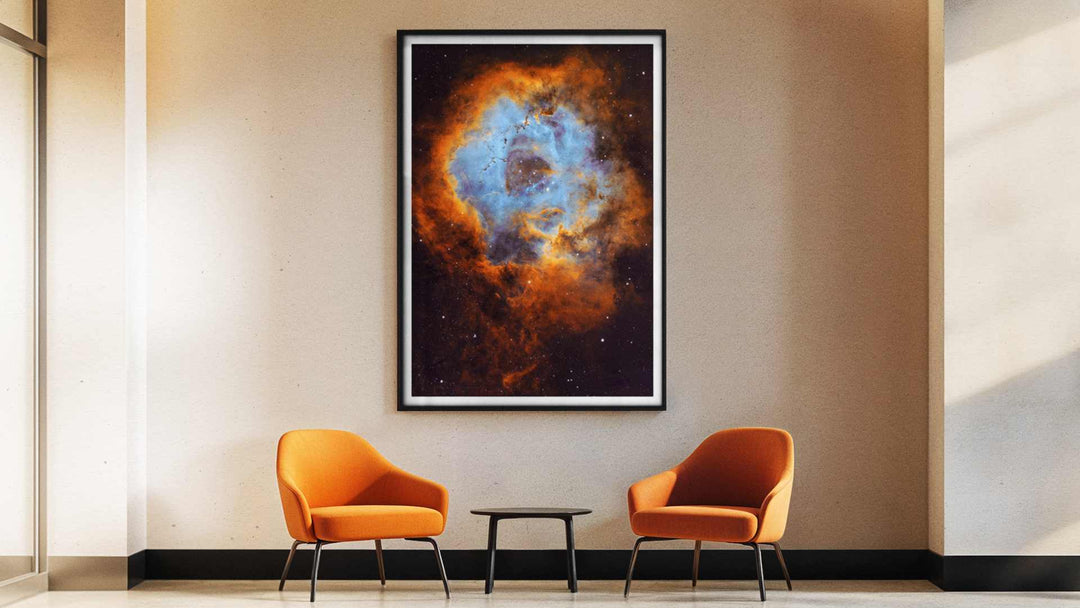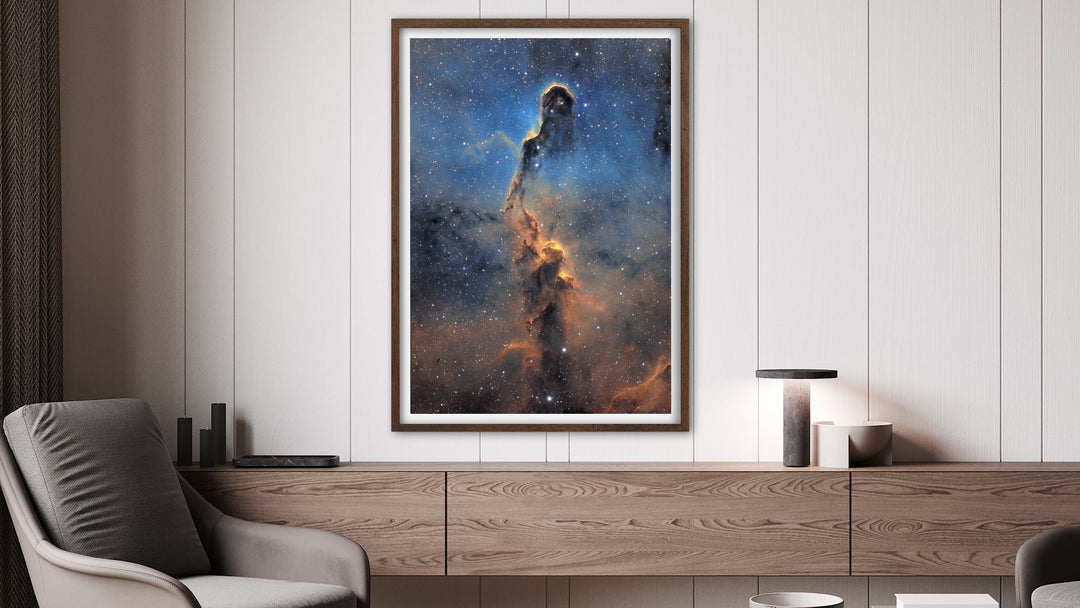Paweł Radomski: Cartwheel of Distant Suns - A Return to Charm After Thirteen Years
Some objects haunt you. Not in a dark way, but with the persistent whisper of unfinished business. Paweł Radomski first photographed M101 in 2012. Thirteen years ago. But the Pinwheel Galaxy never left his mind.
Every clear night, another target called louder. A more intriguing nebula. A newly discovered structure. The Pinwheel waited patiently, orbiting at 21 to 25 million light-years distance, its trillion stars burning steadily, its graceful spiral arms turning through the cosmos indifferent to earthbound schedules.
But charm, once felt, demands return. And when Radomski finally pointed his telescope back toward M101, he discovered that thirteen years had taught him to see differently.
To reveal what others overlook: the abundance of glowing hydrogen nebulae scattered across the spiral arms, the delicate outer structure of a galaxy stretched and shaped by gravitational tides, the ethereal beauty that separates great galaxy photographs from transcendent ones.
This is M101 as it deserves to be seen.

The Universe's Grandest Spiral
M101 is not just a galaxy. It's a statement about scale. About 170,000 to 252,000 light-years across—nearly twice the diameter of the Milky Way. Inside this vast structure spiral roughly one trillion stars, bound together by a gravitational mass of approximately 100 billion solar masses. If you could somehow accelerate time and watch M101 rotate, you'd witness a cosmic wheel turning, its spiral arms sweeping through space like an eternal carousel.
Discovered in 1781 by Pierre Méchain and cataloged by Charles Messier as M101, this grand-design spiral galaxy is distinguished by perfectly defined spiral arms that glow with ongoing star formation. The arms aren't empty voids—they're highways of stellar birth. H II regions (clouds of ionized hydrogen where hot, massive stars ignite) scatter across the arms like jewels on a crown, marking places where the galaxy's gravity is compressing gas and triggering creation.
But M101 isn't symmetrical. It can't be. It's being pulled and distorted by satellite galaxies orbiting nearby: NGC 5204, NGC 5474, and NGC 5585 tug at the Pinwheel's spiral structure with gravitational force, creating asymmetries visible in deep images. These tidal interactions aren't random—they're driving waves of star formation through the disk, triggering massive bursts of stellar birth as the disrupted gas clouds collapse and ignite.
The result is a galaxy that's never static. It's constantly being reshaped by gravity, continuously birthing new stars, perpetually evolving. M101 at 21 million light-years isn't the M101 we see—it's the M101 as it was 21 million years ago. The light traveling to us now left when dinosaurs still walked Earth.

Why Galaxies Matter—And Why M101 Captivates
Radomski admits he's never considered himself a great admirer of galaxies. His portfolio emphasizes nebulae and stellar nurseries, the intricate dust structures and ionization patterns that narrowband imaging excels at revealing. Yet M101 transcends those categories. It possesses what Radomski describes as an "unusual charm"—something that draws astrophotographers back repeatedly despite their better intentions.
Part of that charm is accessibility. M101 is a face-on galaxy—we see it from above, looking down at its spiral arms as if viewing a cosmic wheel from directly overhead. This geometry makes every detail visible: the spiral structure, the H II regions, the density waves, the satellite galaxy interactions. Galaxies viewed at oblique angles or edge-on offer different beauty, but M101's face-on orientation is a gift to observers.
But there's more. The abundance of glowing hydrogen nebulae across M101's spiral arms means that this isn't just a galaxy photograph—it's a portrait of star formation in action. Each bright blue region marks a place where massive stars are being born. Each pink cloud is ionized hydrogen responding to ultraviolet radiation from those newborn furnaces. M101 shows us not a static structure but a living, evolving system where creation happens continuously, everywhere, at scales that dwarf human comprehension.
Why This Piece? The Irresistible Charm of a Celestial Giant
At Astrography, we are your expert guides to the cosmos. We don't just sell pictures; we meticulously comb through the vast resources of the night sky to find the most compelling, artistic, and story-filled images ever captured. Each print in our collection is chosen for its profound content value and its ability to tell a unique story.
"Cartwheel of Distant Suns" by Paweł Radomski is one such masterpiece—a stunning, intimate portrait of the Pinwheel Galaxy (M101), a celestial city nearly twice the size of our own Milky Way.
Messier 101, or simply the Pinwheel Galaxy, is the kind of object I photographed long ago, and the idea of revisiting it lingered with me for years. Many, many years, since the original photo was taken in 2012. Yet every time I told myself “I’ll revisit M101,” a more intriguing and alluring target would appear on the horizon, and so the Pinwheel had to wait quite a long time until I finally pointed my telescope towards it again. I’ve never considered myself a great admirer of galaxies, yet M101 has an unusual charm that draws in astrophotographers again and again. Perhaps it’s the abundance of glowing hydrogen nebulae scattered across its spiral arms—or maybe the galaxy’s outer structure itself: graceful, delicate, and faintly ethereal. - Paweł Radomski
Technical details:
- Scope: TS Newton 8" f/5 Carbon
- Mount: Sky Watcher AZ-EQ6
- Camera: ZWO ASI 2600MM-Camera
- Filters: Antlia Ha 3nm / LRGB
- Processing: PixInsight
Exposure Times:
- Ha: 150x180sec
- L: 183x180sec
- RGB: 50x120sec each channel
- TOTAL: 21h 39'
This Grand Design Print is For
-
Art Collectors seeking a spectacular, large-format statement piece.
-
Space and Science Lovers who want to own a portrait of one of the sky's most magnificent galaxies.
-
Interior Designers looking for a sophisticated, awe-inspiring focal point.
-
People who want to furnish their space with a sense of wonder and originality.
-
Gift Seekers searching for a profound, unforgettable gift that truly shows the big picture.
Bring This Cosmic Wheel Home
This is Paweł Radomski's return to a thirteen-year-old dream.
This is M101 rendered with the skills and equipment of a master astrophotographer who has spent years perfecting his craft.
This is the Pinwheel Galaxy in full splendor: a trillion stars, two hundred thousand light-years of spiral elegance, gravitational tides sculpting asymmetry, and an abundance of glowing hydrogen nebulae marking where new stars ignite.
Don't Just Decorate. Inspire. Own a Trillion Suns.
This is your chance to own a piece of the cosmos that even a seasoned astrophotographer couldn't resist. Bring the "Cartwheel of Distant Suns" into your home and own a true piece of the universe.


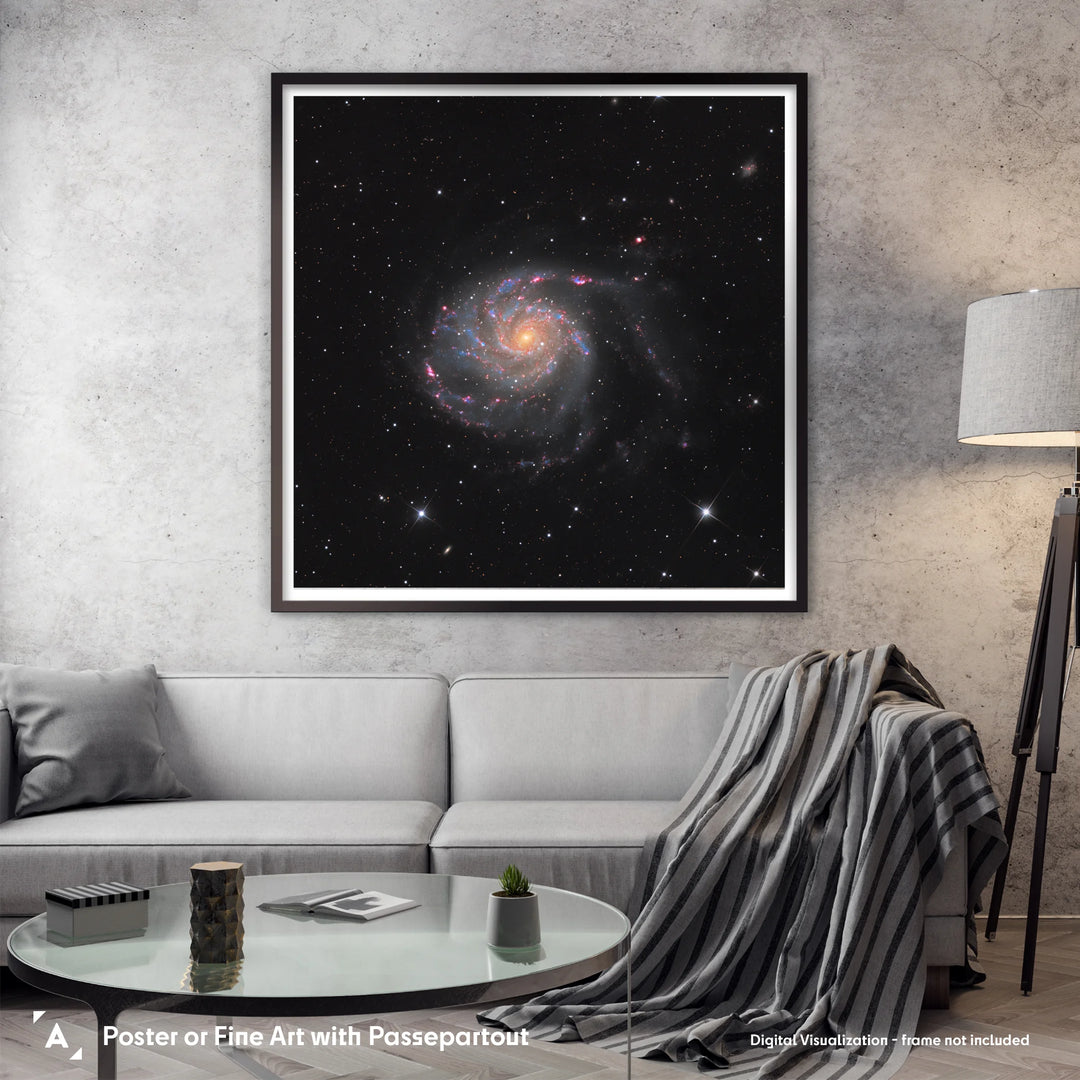
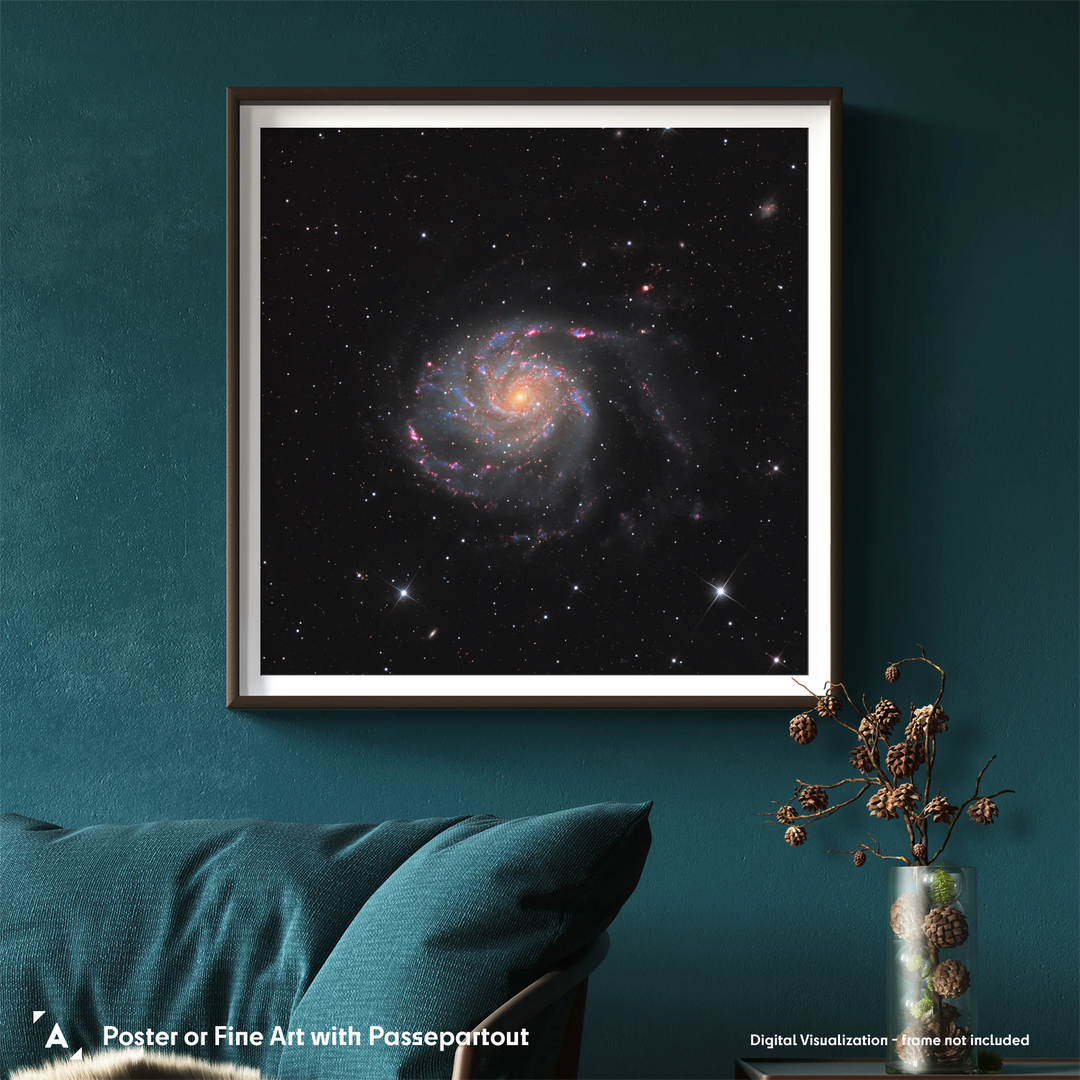
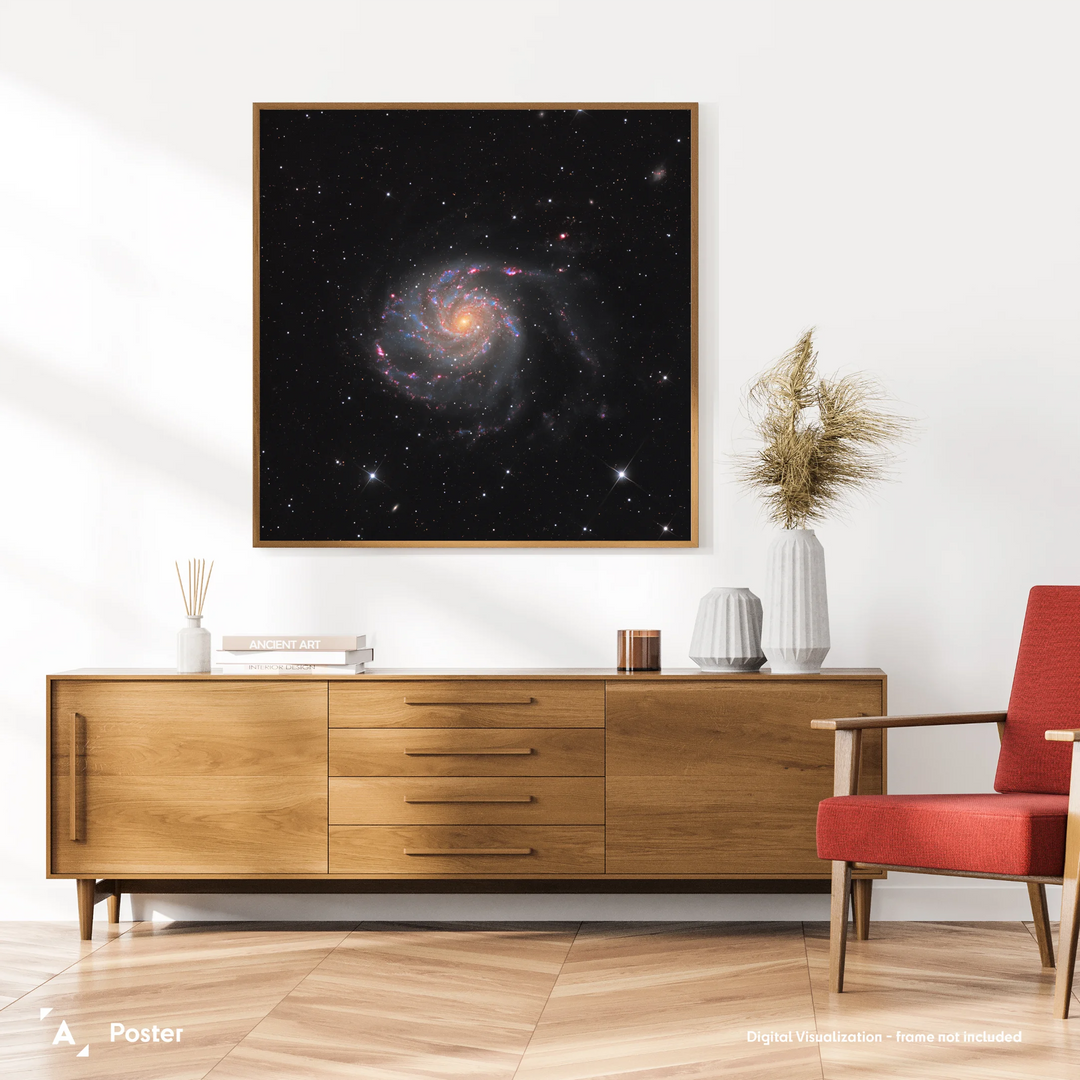
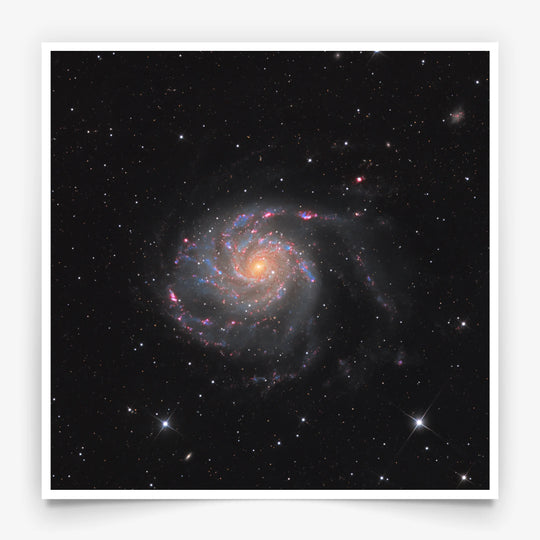
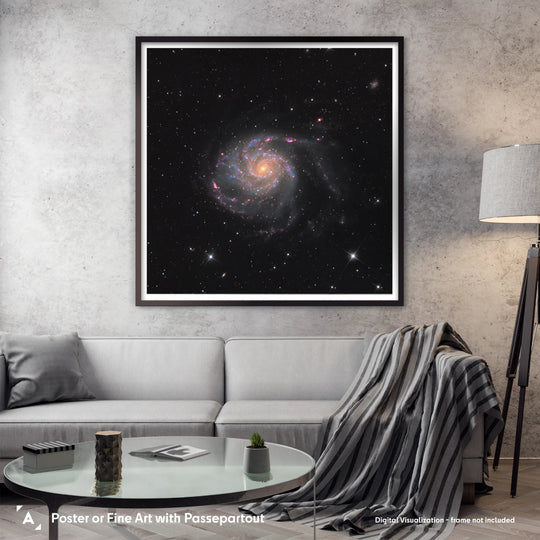
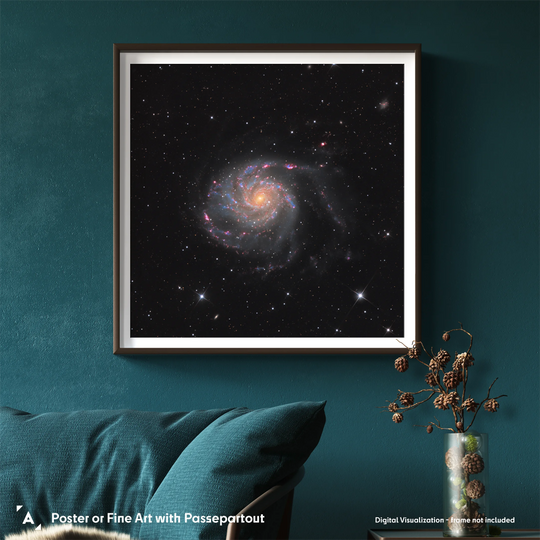




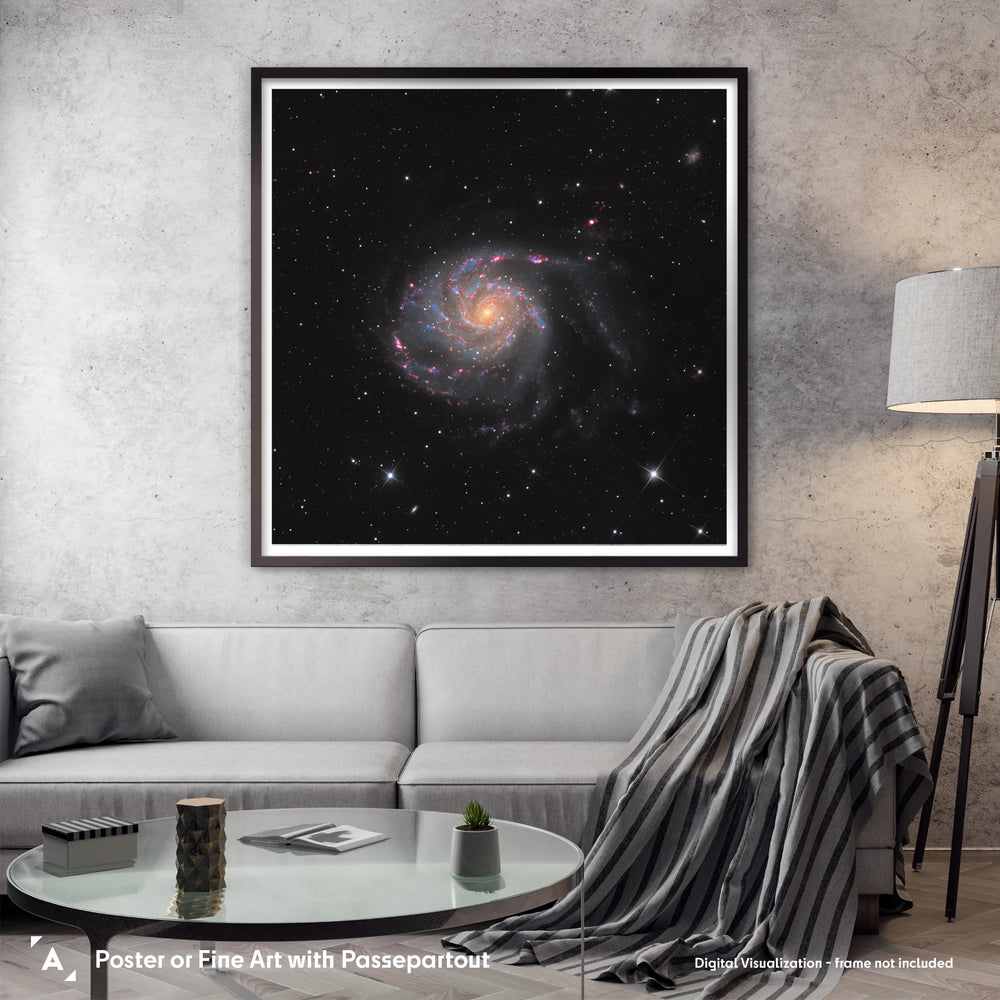
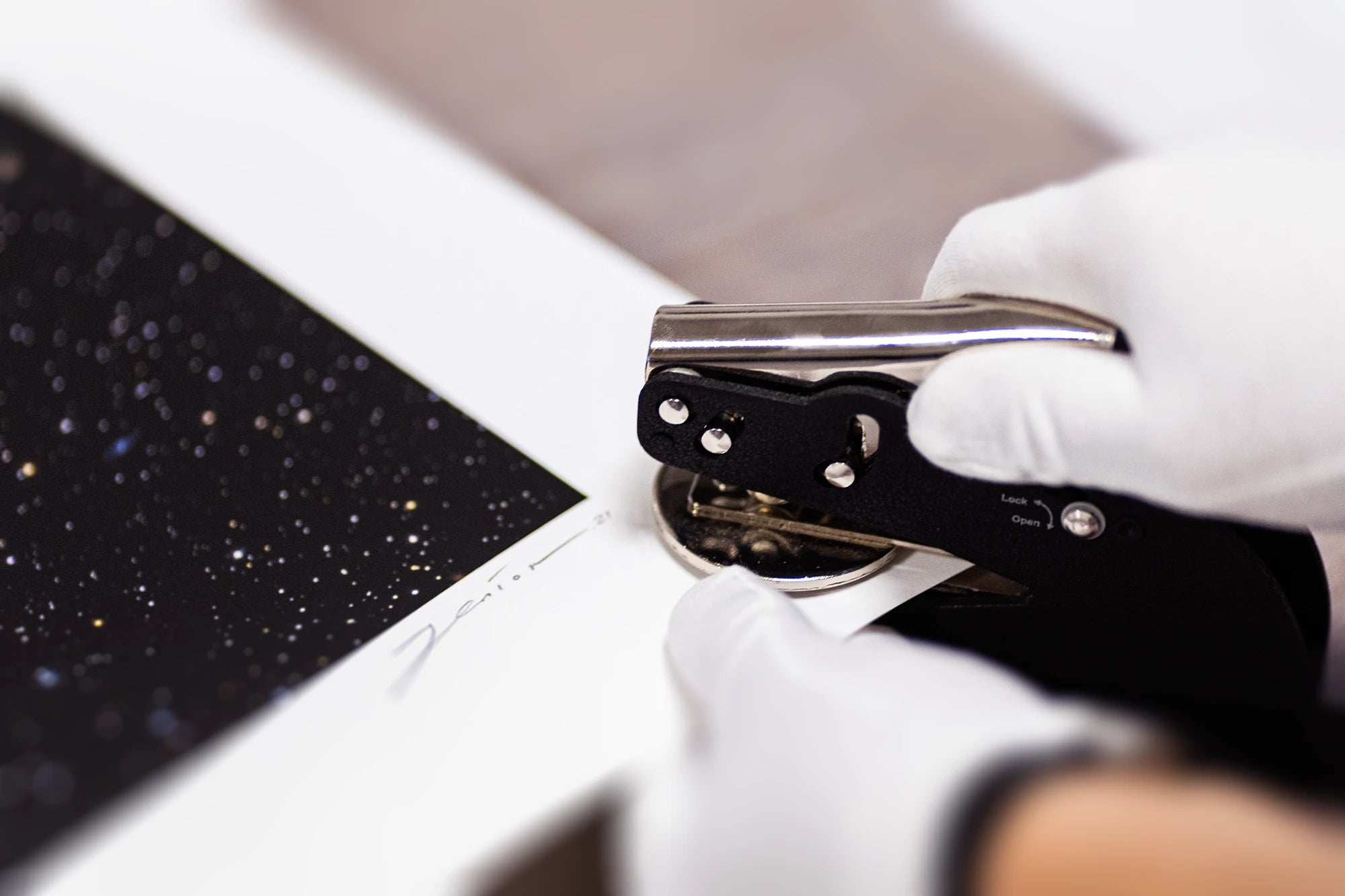
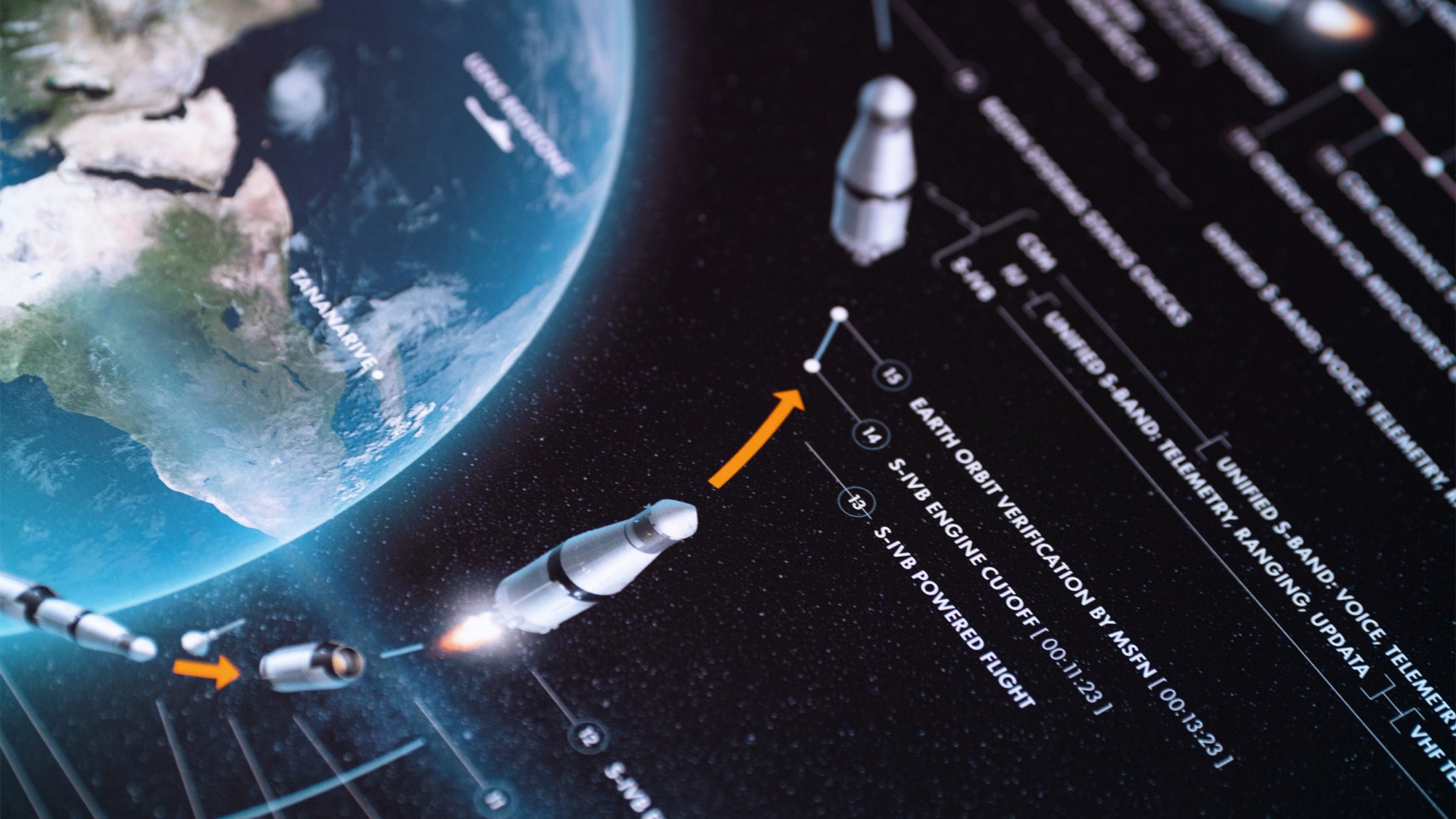

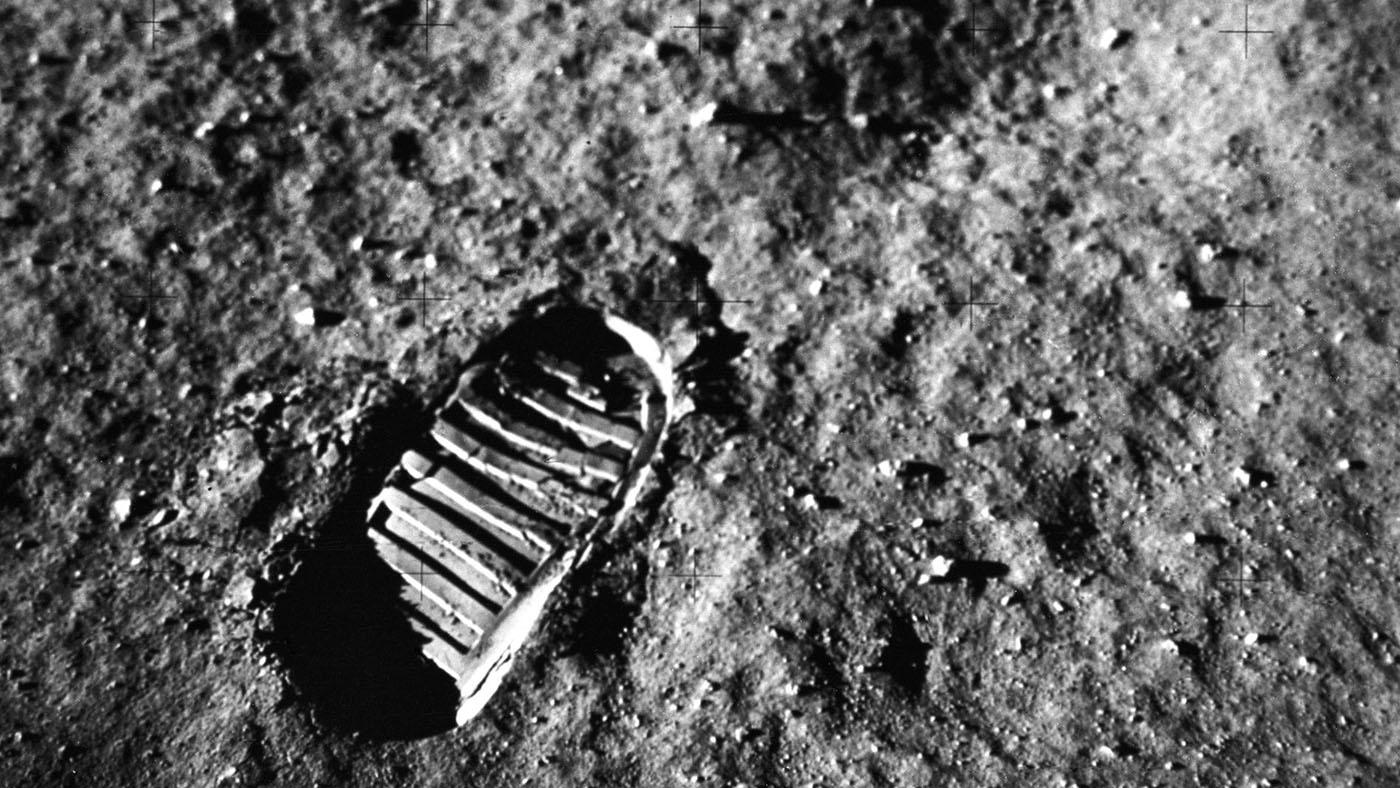
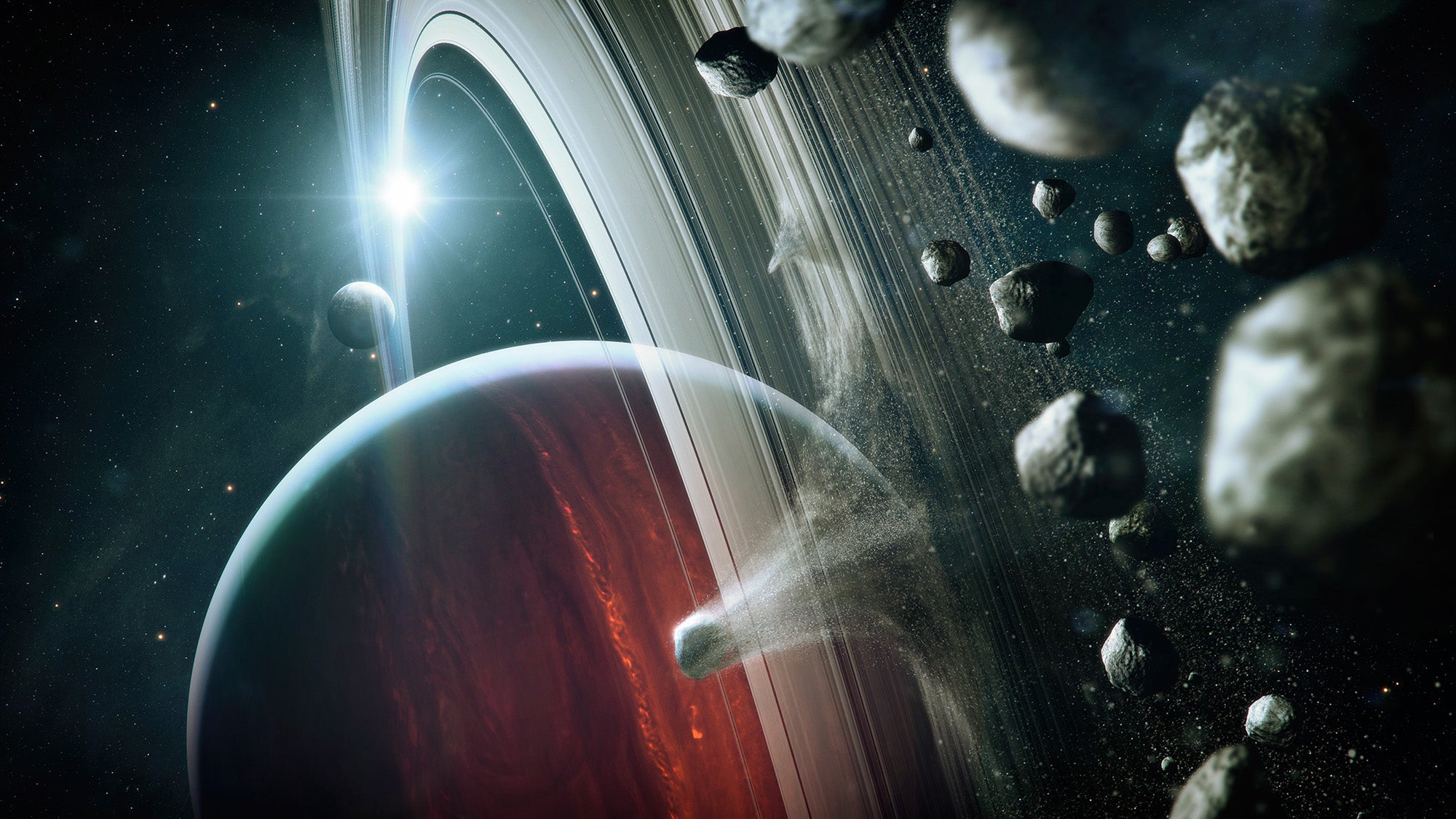
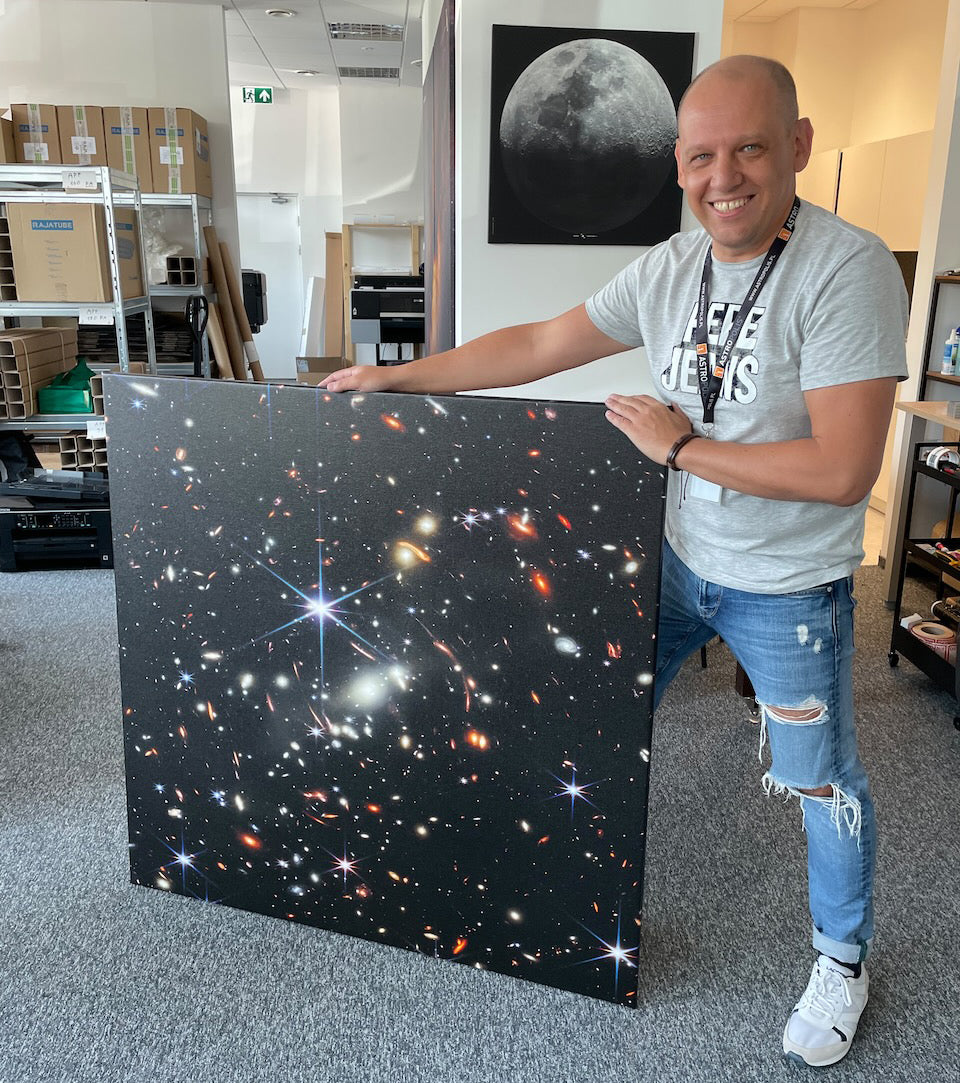
![4 Incredible Space Posters and Wall Art for Man’s Cave [Inspirations]](http://astrography.com/cdn/shop/articles/mans-cave-2-16x9-1_83814d94-574a-4782-a3a0-cf4e59620b81.webp?v=1763116144&width=1080)
